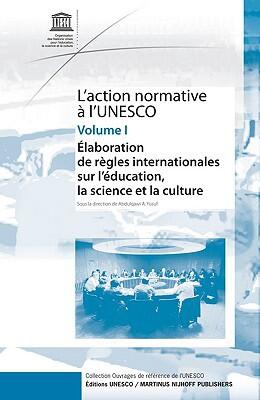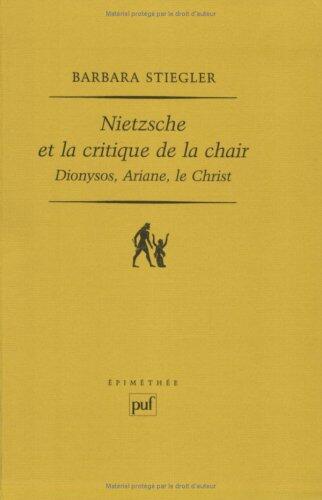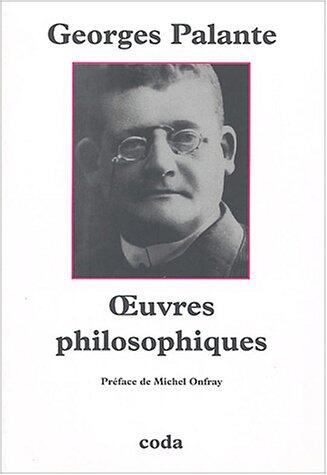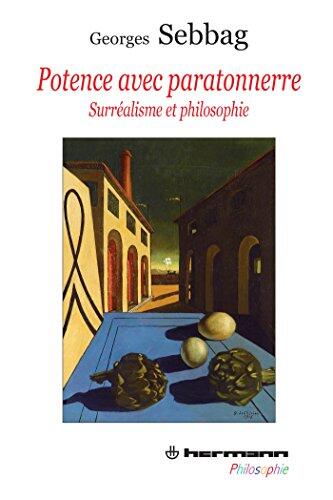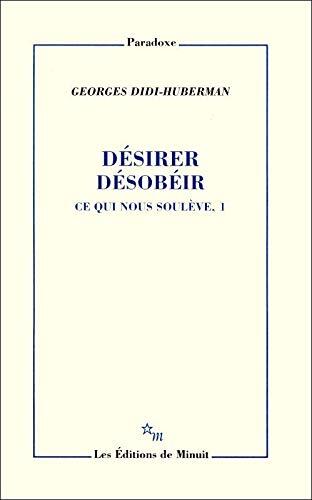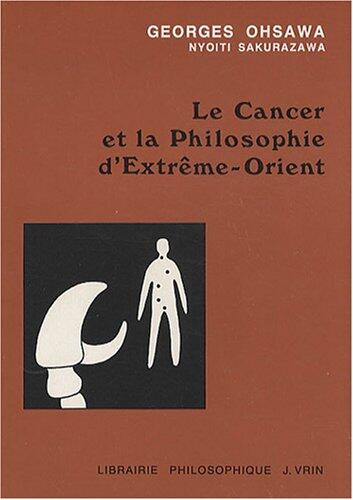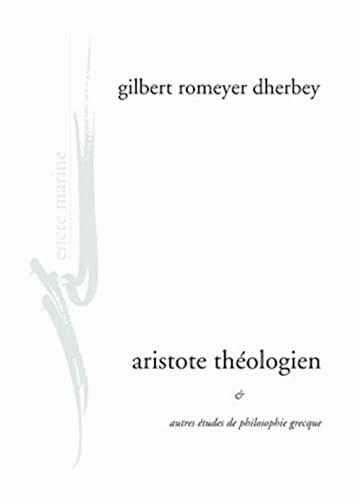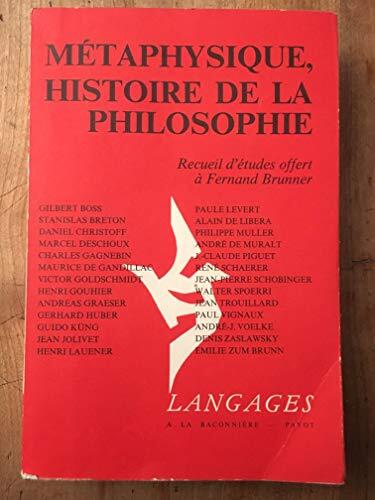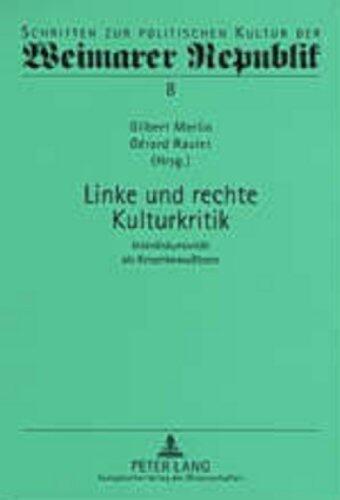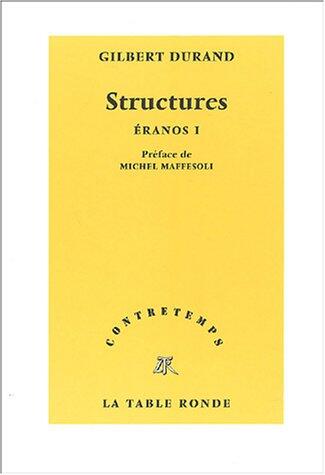
Structures
작성자
Gilbert Durand
아직 평점이 없습니다
Philosophy
형식
페이퍼백
페이지
352
언어
프랑스어
출판됨
Sep 11, 2003
출판사
TABLE RONDE
판
TABLE RONDE
ISBN-10
2710325950
ISBN-13
9782710325956
설명
In this insightful examination, Gilbert Durand delves into the intricate structures that underpin human thought and culture. With a profound understanding of anthropology and psychology, he weaves a rich narrative exploring how these structures shape individual and collective identities. The work emphasizes the interplay between myth and modernity, inviting readers to reflect on the patterns that govern their existence.
Throughout the pages, Durand's analysis is complemented by a preface from Michel Maffesoli, who adds another layer of depth to the discourse. Maffesoli’s perspective enriches the reader's exploration of social dynamics and the significance of symbols in contemporary life. The book serves as both a philosophical inquiry and a practical guide, offering insights into the human condition and the unseen forces that influence behavior and belief systems.
The extensive bibliographical references enhance its academic rigor, making it a valuable resource for students and scholars alike. Through a careful blend of theory and empirical observation, Durand empowers readers to recognize the structures that shape their reality, encouraging a deeper understanding of the complexities of human experience.
Throughout the pages, Durand's analysis is complemented by a preface from Michel Maffesoli, who adds another layer of depth to the discourse. Maffesoli’s perspective enriches the reader's exploration of social dynamics and the significance of symbols in contemporary life. The book serves as both a philosophical inquiry and a practical guide, offering insights into the human condition and the unseen forces that influence behavior and belief systems.
The extensive bibliographical references enhance its academic rigor, making it a valuable resource for students and scholars alike. Through a careful blend of theory and empirical observation, Durand empowers readers to recognize the structures that shape their reality, encouraging a deeper understanding of the complexities of human experience.
